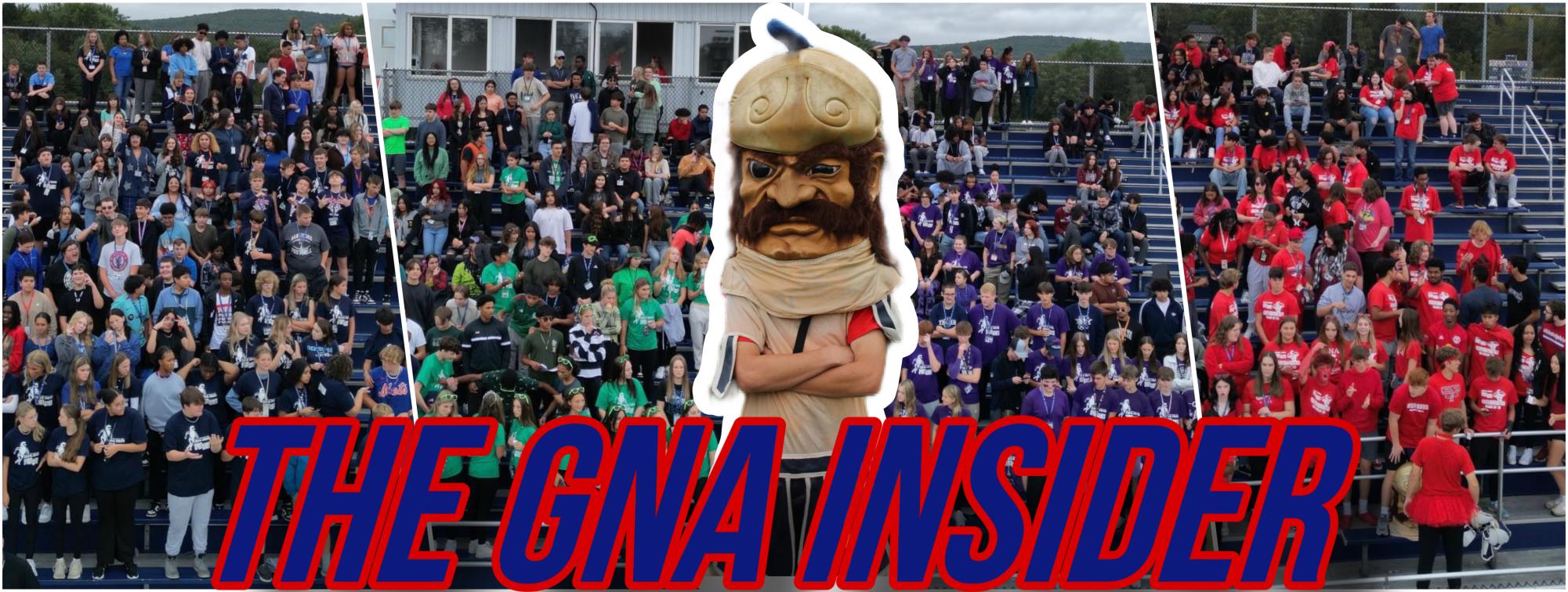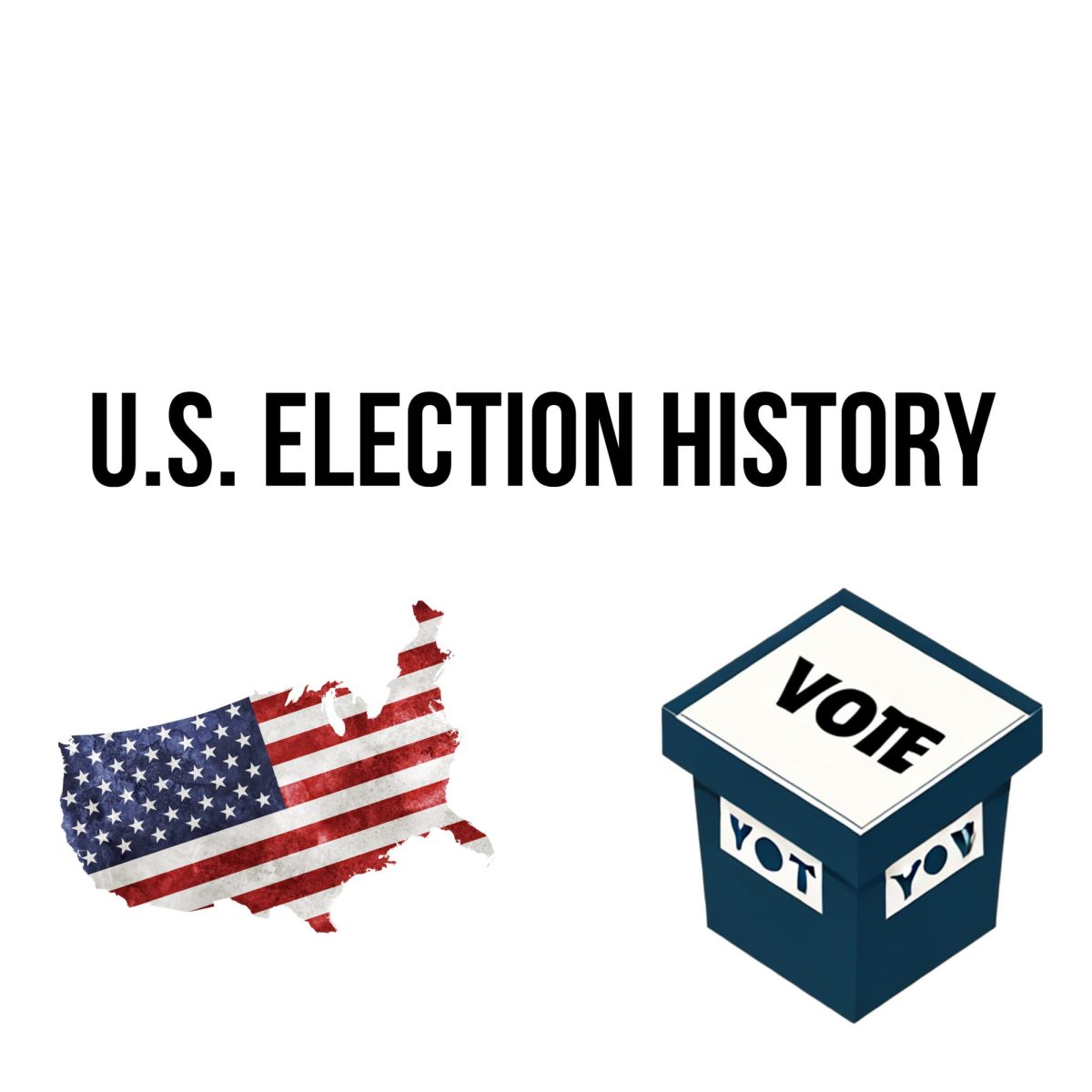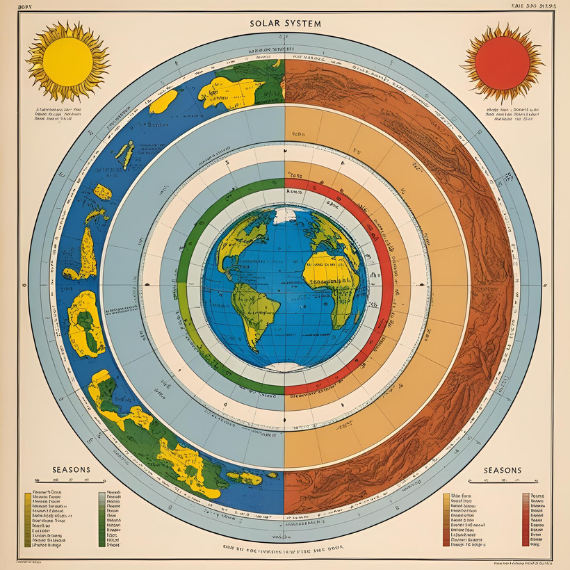The History of our U.S. Elections traces the evolution of our nation’s democracy and political processes from the late 18th century to modern times.
In 1788, the first U.S. presidential election was held after the ratification of the Constitution, and George Washington was elected to be America’s first president. At first, the runner-up became vice president. This created problems when opposing political factions began to emerge. The 12th Amendment which was passed in 1804, during the Thomas Jefferson and John Adams elections, required separate ballots for presidents and vice presidents.
Abraham Lincoln’s election in 1860 led to Southern secession and the Civil War while Lincoln was representing the Republican party and anti-slavery. The Republicans dominated during the reconstruction of the Civil War but due to voter suppression and segregation, African Americans had limited voting rights.
In our present day, Elections in the 21st century have grown the importance of our elections. The use of Social Media to sway voters over to different parties, we need more security in elections and voters, and people feeling like their vote does not matter. These are all problems with our modern-day elections.
Throughout America’s history, presidential elections have shaped our country’s aspirations, values, and conflicts. The U.S. is changing the way elections work with mail-in ballots and having electoral information and propaganda all over our cell phones and TVs. When elections first started they did not have the technology and the social platforms that we have today.










